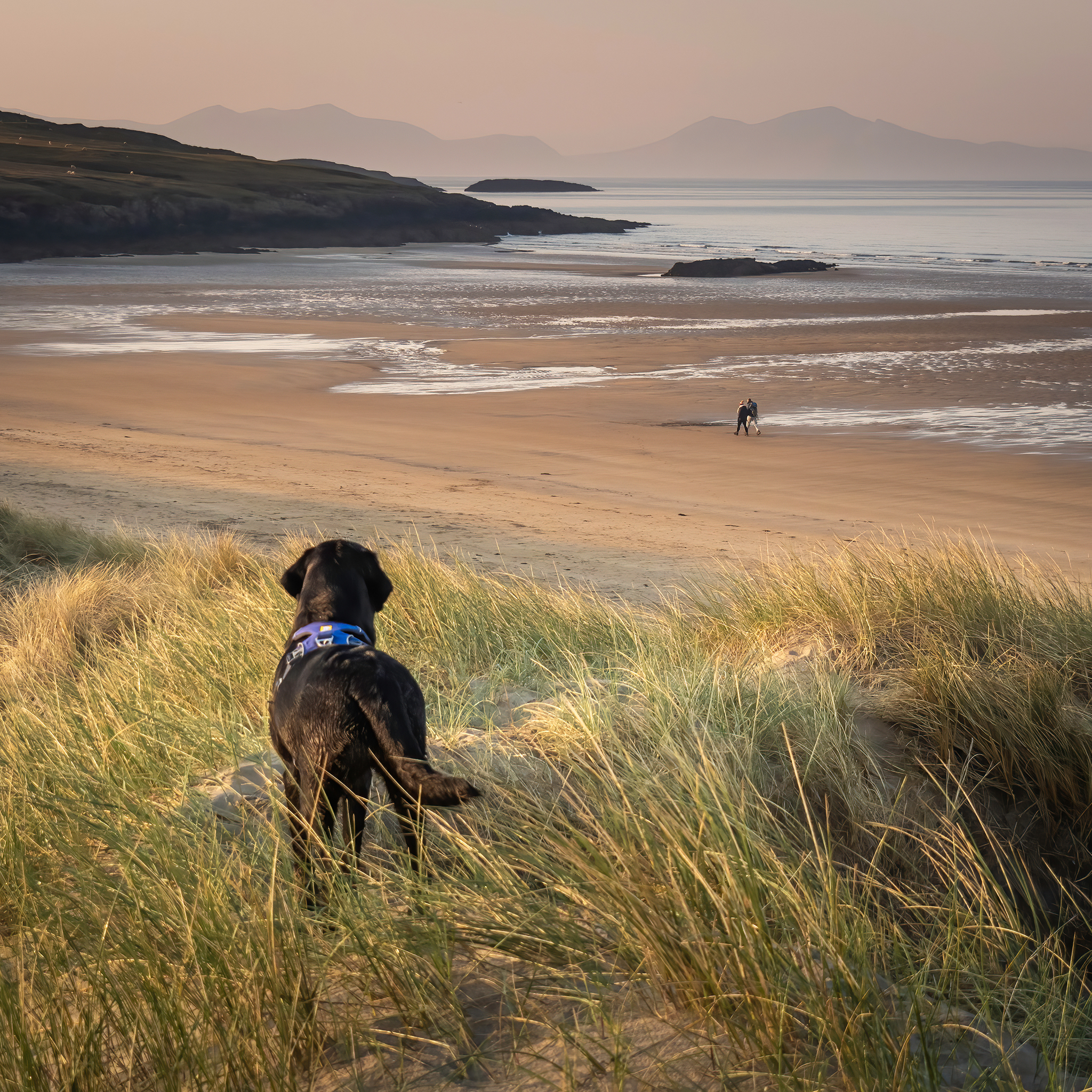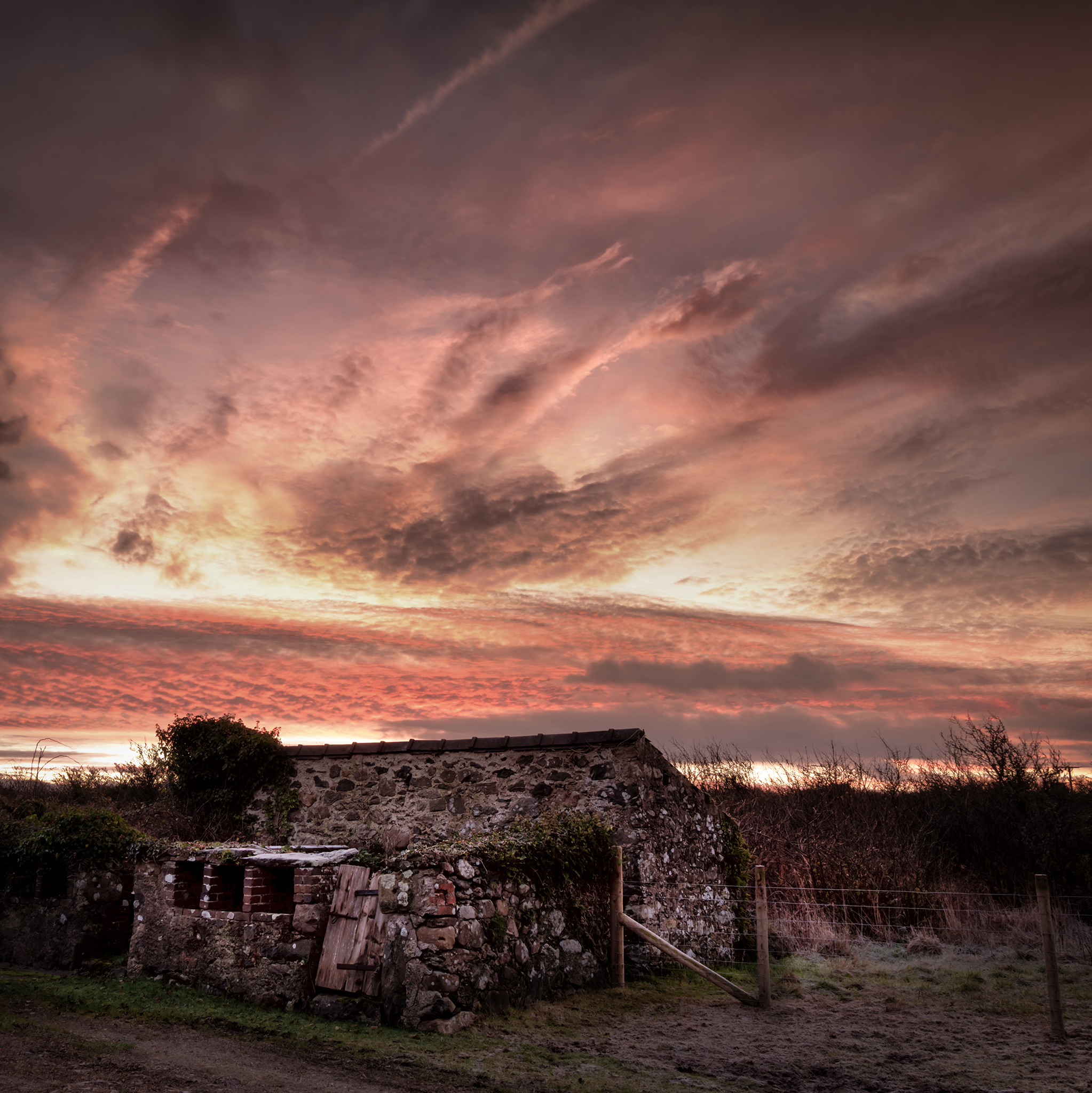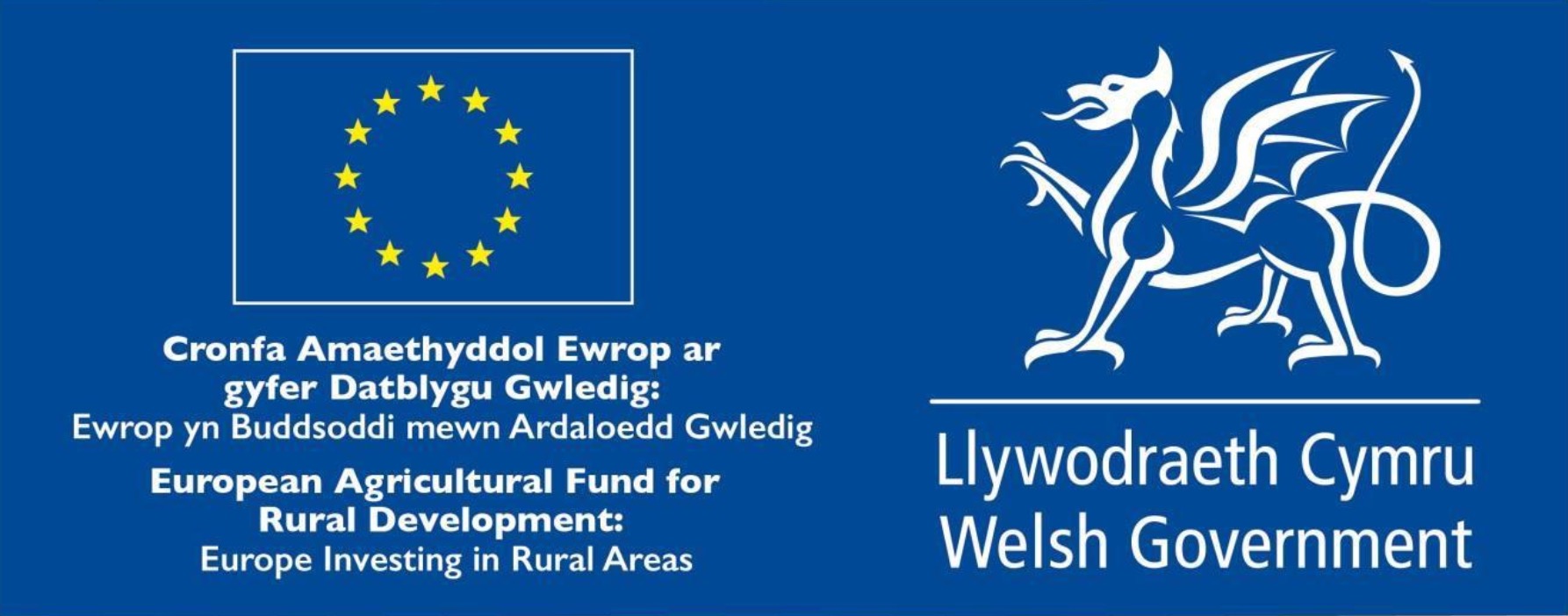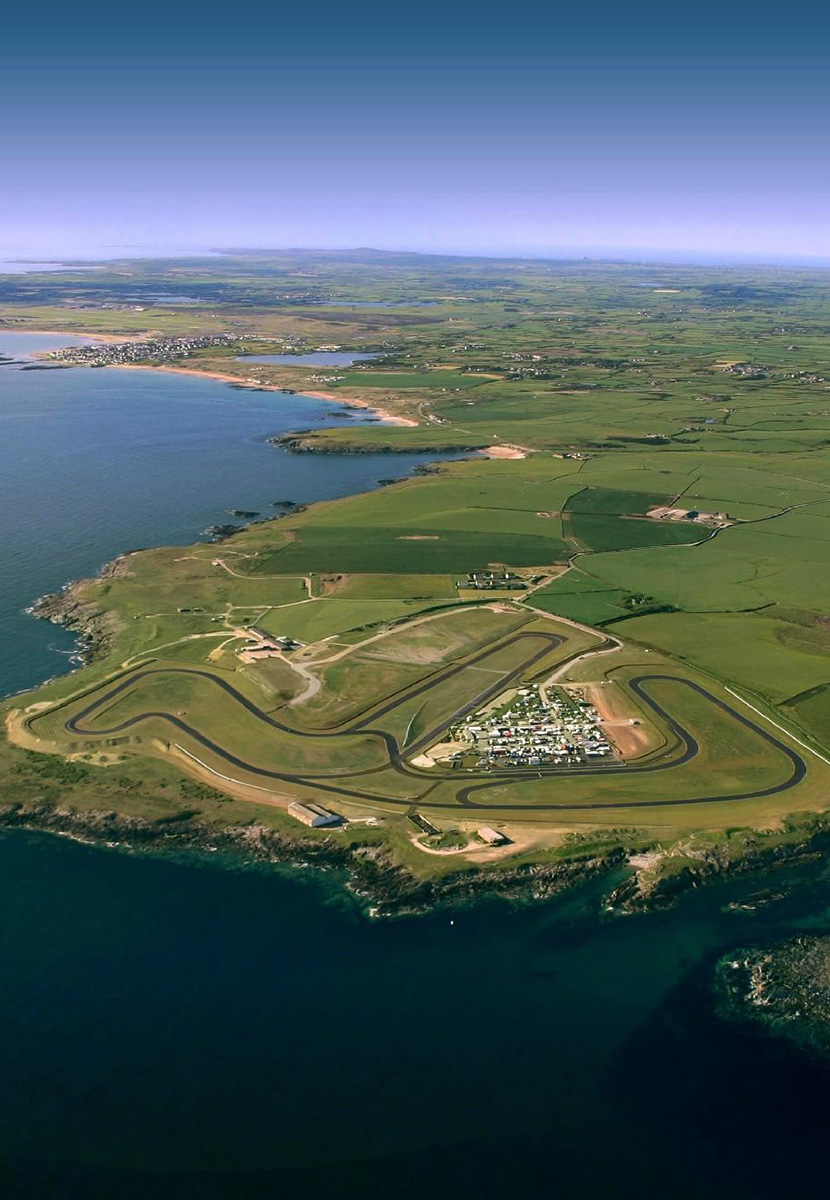About Us
At its core the Estate is and has always been a farming estate and alongside its own farming operations has made land available to local farming families for generations.
The Estate is also a locally important housing provider.
Over the years the Estate has broadened its activities to include renewable energy, tourism and leisure and a growing number of commercial properties.
The Estate employs a significant number of local people and Welsh remains the working language of a number of the Estate’s teams.
Welsh Government’s Sustainable Management Scheme
The Project has 2 principle limbs and outputs:
1) The delivery of environmental works to improve ecological habitats and water quality; and
2) The creation of new access opportunities in the form of 3 new sections of footpath and a new landform.
Sustainable Management Scheme
Project Partners
Cyllidwyd y prosiect hwn drwy Cymunedau Gwledig Llywodraeth Cymru - Rhaglen Datblygu Gwledig Cymru 2014-2020, a ariennir gan Lywodraeth Cymru a’r Gronfa Amaethyddol Ewrop ar gyfer Datblygu Gwledig.
https://agriculture.ec.europa.eu/common-agricultural-policy/rural-development_en
Residential, Agricultural & Commercial Properties
- Residential properties: these vary from one bed cottages to five bed farmhouses in stunning locations with views of Snowdonia, the sea or the open countryside. Each property is unique in its character and history and many occupiers choose to stay with us for years.
- Agricultural land: we are pleased to support wide-scale participation in farming and can usually find land to suit most needs. The agricultural land we provide ranges from small-holdings with farmhouse and buildings; to small parcels of several acres; to whole farms.
- Commercial property: we have a growing portfolio of buildings in commercial use often in repurposed farm buildings.

Cottages
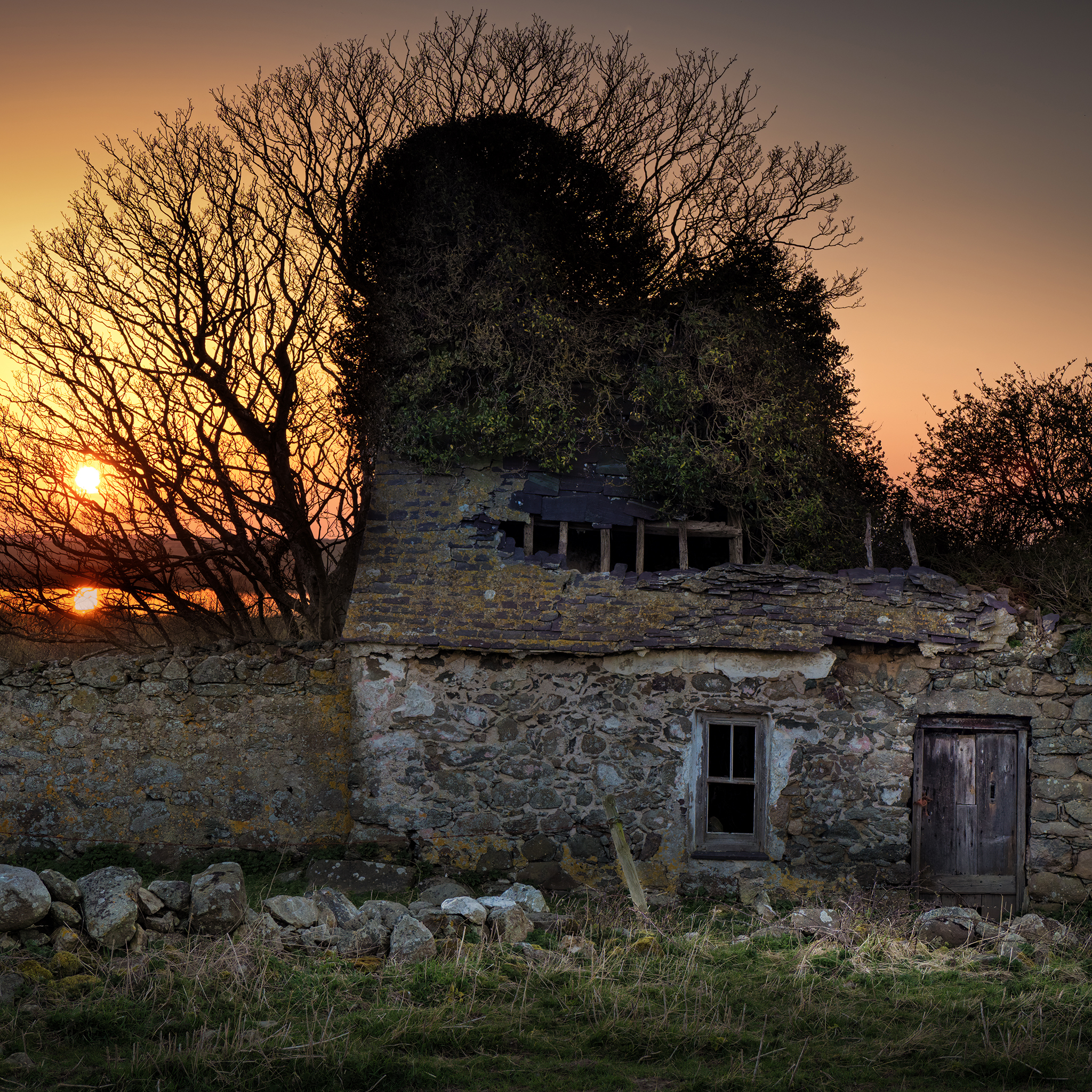
Renovation Projects
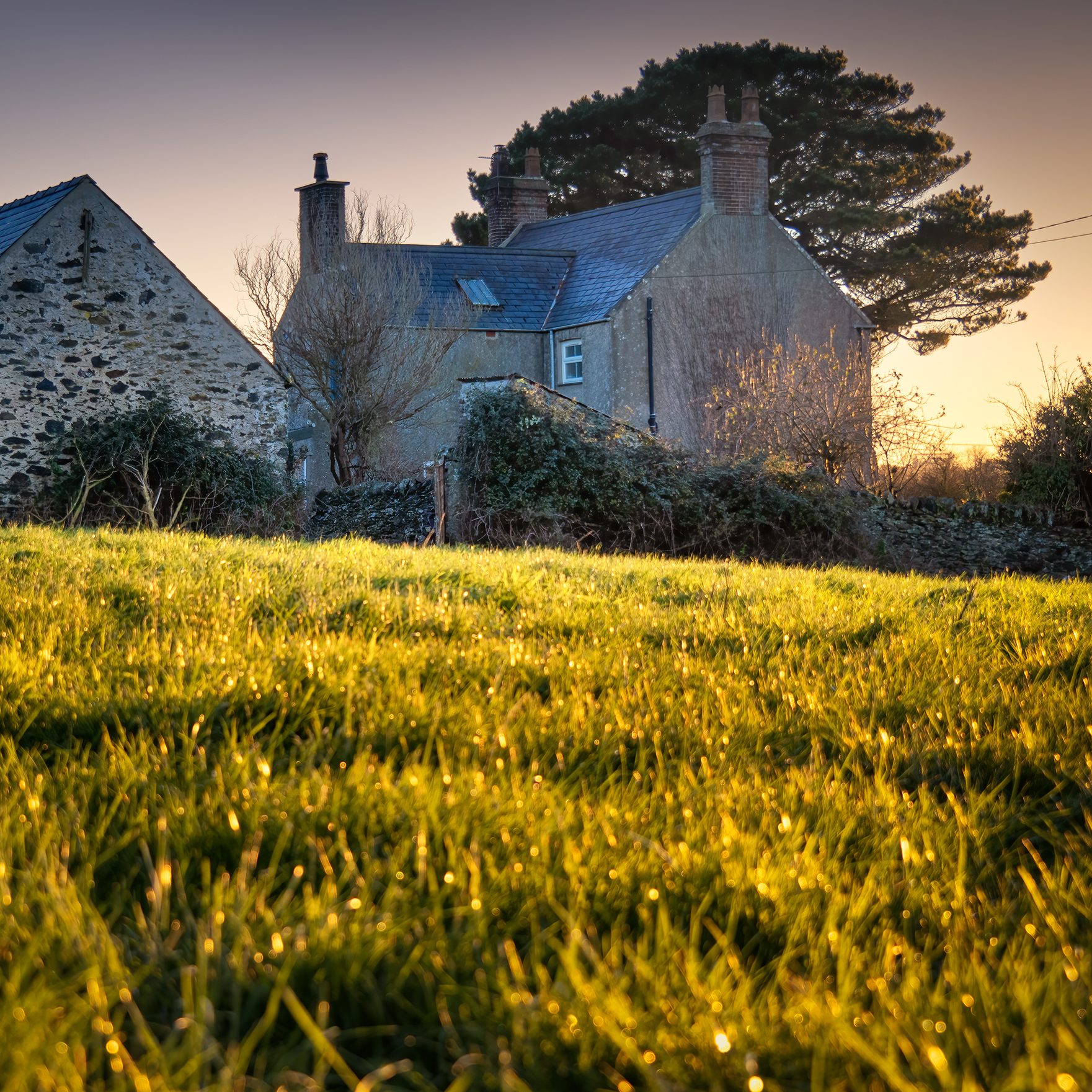
Houses

Agricultural & Commercial



The Propertymark logo is a Collective Trademark owned by Propertymark Ltd.
Enjoy Our Beautiful Holiday Properties
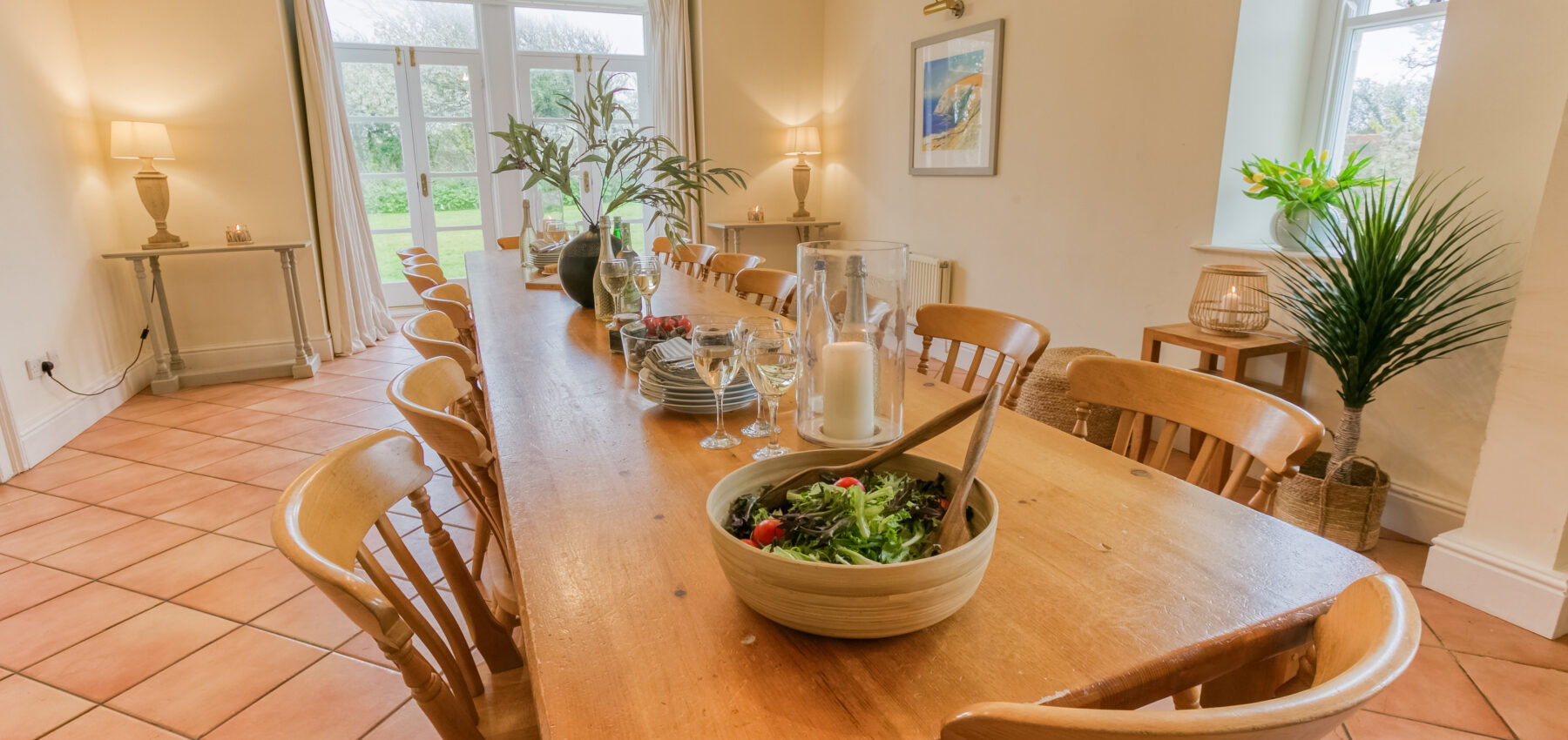
Stunning Properties
Click here for more …

Unique Buildings
Click here for more …
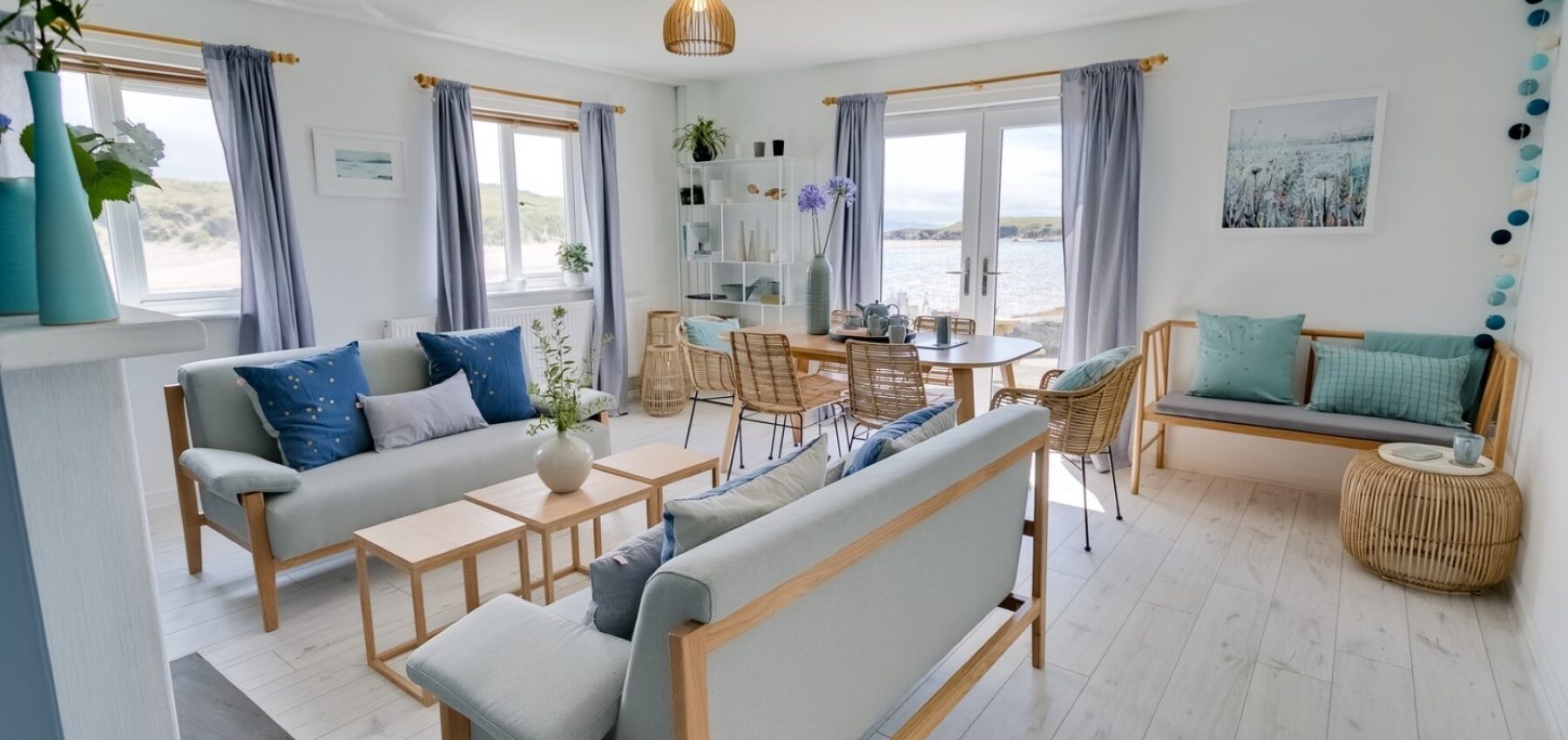
Comfy Accommodation
Click here for more …

Outstanding Views
Click here for more …
Environment & Landscape
The environment and landscape are very important to us at Bodorgan Estate.
We have initiated conservation projects such as the Healing & Memory Sustainable Management Scheme Project.
Also wildlife initiatives such as the Red Squirrel reintroduction programme. We protect Barn Owls by providing nest boxes across the Estate. We work with the British Trust for Ornithology to undertake bird surveys. And we actively work to eradicate invasive species such as Himalayan Balsam and Japanese Knotweed.
Trac Môn: motorsport circuit
Anglesey Circuit – Trac Môn is one of the most exciting and significant developments in British Motorsport this millennium.
Set on the west coast of Anglesey, overlooking the Irish Sea and the Snowdonia mountain range beyond, Trac Mon offers visitors a challenging and varied circuit set within in a breathtaking location.
Spectators can enjoy the sweeping views from trackside just as much as the on-track racing action!
What’s happening on the Bodorgan Estate
Sustainable Management Scheme
Renovation Projects
Holiday Lettings
Commercial & Residential Lettings
The estate has a variety of properties which occasionally become available to rent.


